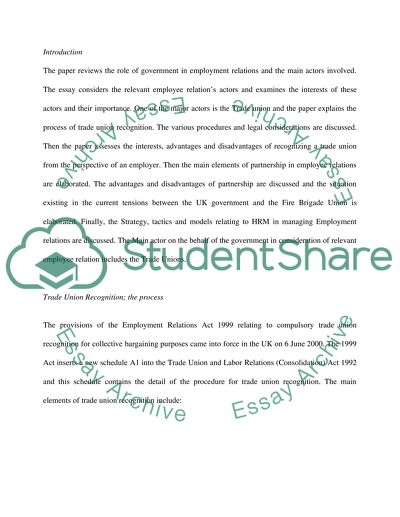Cite this document
(The Tensions between the UK Government and the Fire Brigade Union Dissertation, n.d.)
The Tensions between the UK Government and the Fire Brigade Union Dissertation. Retrieved from https://studentshare.org/sociology/1515228-managing-employee-relations-essay
The Tensions between the UK Government and the Fire Brigade Union Dissertation. Retrieved from https://studentshare.org/sociology/1515228-managing-employee-relations-essay
(The Tensions Between the UK Government and the Fire Brigade Union Dissertation)
The Tensions Between the UK Government and the Fire Brigade Union Dissertation. https://studentshare.org/sociology/1515228-managing-employee-relations-essay.
The Tensions Between the UK Government and the Fire Brigade Union Dissertation. https://studentshare.org/sociology/1515228-managing-employee-relations-essay.
“The Tensions Between the UK Government and the Fire Brigade Union Dissertation”, n.d. https://studentshare.org/sociology/1515228-managing-employee-relations-essay.


